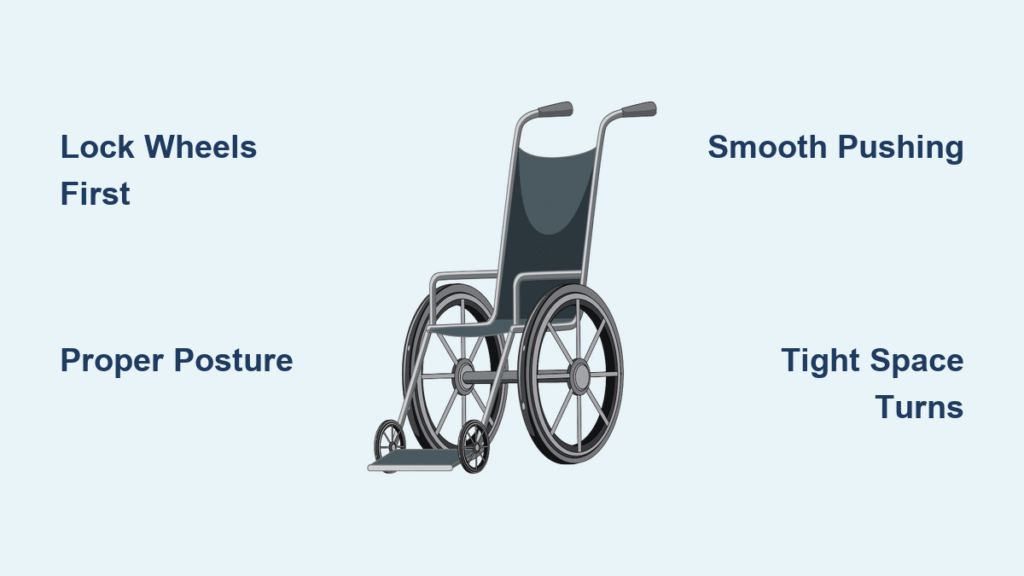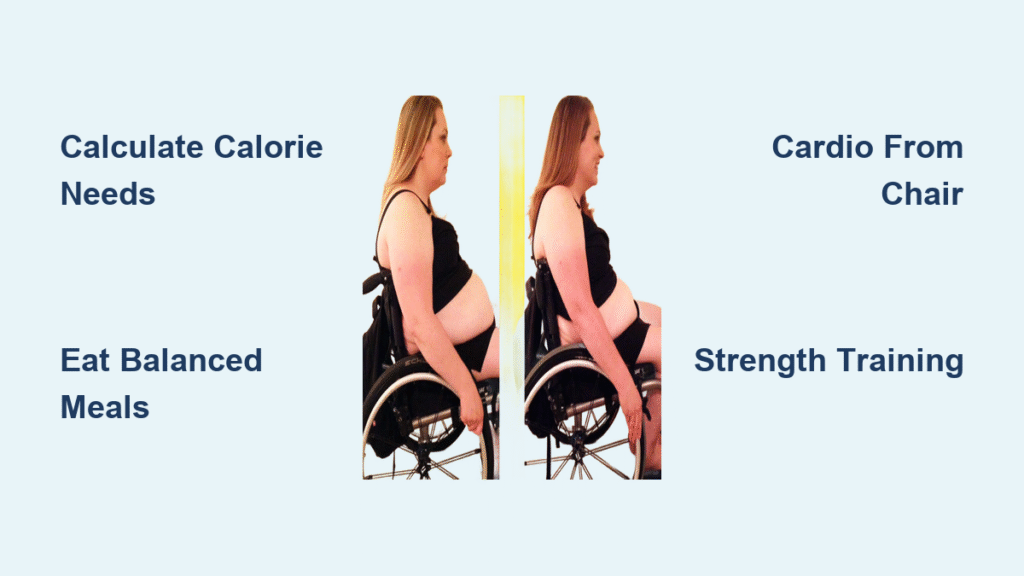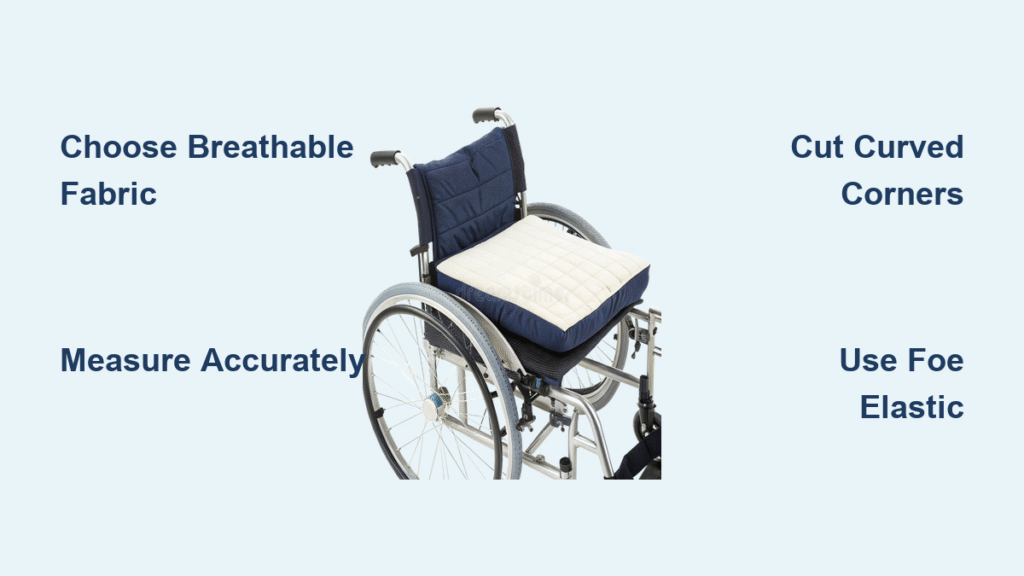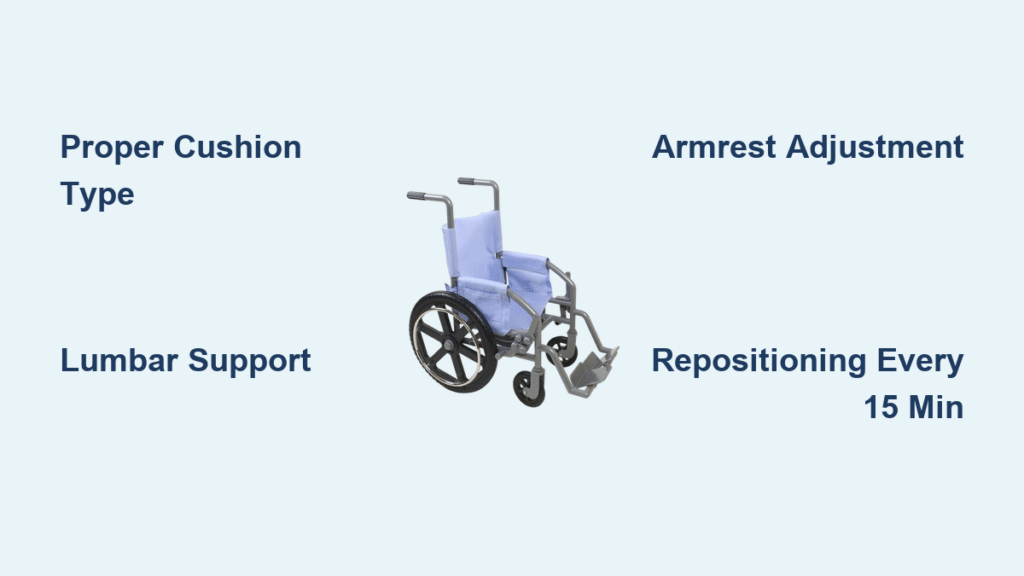That first moment gripping the pushrims can feel overwhelming—your wheels seem impossibly distant, every doorway appears too narrow, and simple movements require unexpected effort. Learning how to maneuver a wheelchair properly isn’t just about transportation; it’s about reclaiming your independence and navigating daily life with confidence. Whether you’re temporarily using a wheelchair after surgery or adapting to long-term mobility needs, mastering these essential techniques prevents injuries and transforms frustration into freedom.
Poor wheelchair maneuvering causes thousands of preventable injuries each year, from shoulder strain to dangerous falls. This guide delivers practical, step-by-step instructions for both self-propelled users and caregivers, covering everything from basic movement to advanced navigation techniques. You’ll discover how to move smoothly through tight spaces, handle environmental challenges, and build the muscle memory needed for true mobility independence.
Select the Right Wheelchair for Your Maneuvering Needs

Your wheelchair type determines which maneuvering techniques you’ll need to master first. Self-propelled chairs feature large rear wheels with pushrims you control directly, while caregiver-operated chairs have smaller rear wheels and prominent handles for assistance. Choosing correctly prevents unnecessary strain and builds confidence more quickly.
Standard manual wheelchairs work well for occasional use but can be heavy for frequent self-propulsion. Active manual models use lightweight materials that significantly reduce the effort needed to maneuver your wheelchair through doorways and across different surfaces. If arm strength is limited, consider electric power wheelchairs that use intuitive joystick controls for effortless navigation.
Test Your Wheelchair Fit Before Maneuvering
Proper fit prevents pain and makes maneuvering substantially easier. Sit in your chair and check that your thighs rest parallel to the seat with knees bent at 90 degrees. Your feet should rest comfortably on the footplates without pressure points. If your chair feels too tall or short, consult a specialist—incorrect height forces awkward reaching that strains your shoulders during propulsion.
Perfect Your Starting Position Before Movement
Lock Wheels Before Every Transfer
Wheel locks prevent dangerous rolling during transfers. Locate the brake levers beside each main wheel—pull up firmly to engage, push down to release. Test by attempting to roll the chair; it shouldn’t budge. For pedal brakes, press down with your foot until you hear the click. Never skip this step—unlocked wheels cause most transfer accidents.
Adjust Footplates for Safe Movement
Footplates support your legs and prevent injuries during maneuvering. Swing them to the side before sitting down by lifting the release lever. Once seated, return them to position and adjust height so your thighs rest parallel to the seat. Proper foot positioning provides stability and prevents legs from catching obstacles during turns.
Establish Correct Posture Foundation
Sit with your back against the chair back, shoulders relaxed but upright. Your weight should distribute evenly across both hips. Poor posture creates immediate maneuvering difficulties—slouching shifts your center of gravity and makes turns harder to control. Think of yourself as the engine of your wheelchair; proper alignment maximizes your propulsion efficiency.
Master Self-Propulsion Fundamentals
Forward Movement Technique
Grip the pushrims at 10 and 2 o’clock positions. Push forward in one smooth motion, releasing as your hands reach 4 and 8 o’clock. Return hands to starting position and repeat. Think of it as rowing—you’re not spinning wheels, but pushing in powerful strokes.
Pro tip: Keep elbows close to your body; flared elbows waste energy and cause shoulder strain over time. Most beginners push too many small strokes—focus on fewer, more powerful movements.
Backward Navigation
Reverse requires opposite motion. Grip the front of both pushrims and pull backward toward your body. This feels counterintuitive—you’ll want to lean forward while moving backward. Maintain upright posture to prevent tipping. Practice in open spaces first; backward navigation demands more spatial awareness.
Sharp Turns Made Simple
Right turns: Pull the right pushrim backward while pushing the left forward. The chair pivots around the stopped right wheel. Left turns reverse this motion—pull left, push right. For tight 90-degree turns, exaggerate the difference: one wheel moves forward, the other rolls backward simultaneously. This technique is essential when maneuvering through narrow doorways.
Caregiver Pushing Techniques That Ensure Safety
Proper Grip and Communication Protocol
Hold the rear handles firmly, thumbs wrapped around for control. Before moving, always announce: “Ready to go?” This prevents startling the occupant and allows them to adjust posture. Push from your legs, not your back—bend knees slightly and use your core strength. Many caregivers develop back pain from improper pushing technique.
Corner Safety Protocol
Reduce speed to a crawl before turns. Approach corners at 45-degree angles rather than sharp 90-degree pivots. This gentler arc prevents the occupant from sliding sideways. Practice with an empty chair first—curb navigation and tight spaces require muscle memory that endangers inexperienced operators.
Uphill Assistance Strategy
When pushing uphill, lean forward slightly to use your body weight as leverage. Short, controlled pushes work better than long strokes. For steep inclines, consider the zigzag approach—move diagonally across the slope rather than straight up. This reduces the effective grade significantly and prevents strain on both caregiver and occupant.
Navigate Narrow Spaces Confidently
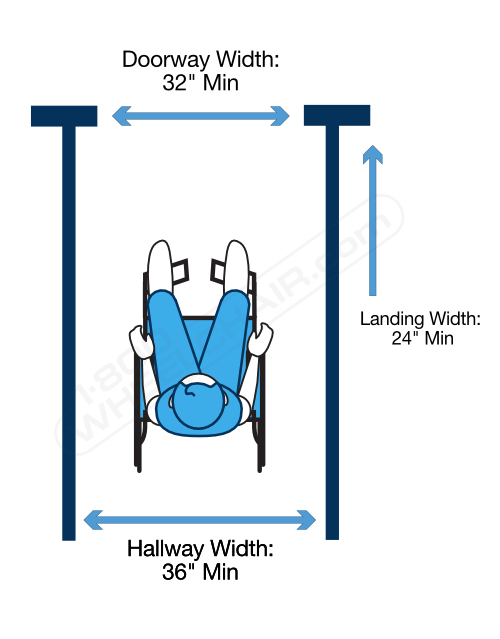
Doorway Mastery
Manual doors: Position perpendicular to the door, left wheel slightly forward. Pull the door toward you with your left hand while pushing right wheel forward with right hand. Reverse the process to close. Automatic doors: Center yourself and move straight through—avoid diagonal approaches that trigger sensors prematurely. Most accidents happen during door navigation, so practice this repeatedly.
Tight Turn Techniques
Tuck your elbows against your torso when navigating narrow hallways. This reduces your effective width by 4-6 inches. For doorways, angle your approach—enter leading with the wheel on the hinge side, then pivot the trailing wheel through. Practice the “three-point turn” for dead-end hallways: forward, back, forward.
Crowd Navigation Tips
Move predictably in straight lines when possible. Avoid sudden direction changes that startle others. Use verbal cues: “Excuse me, coming through on your left.” In stores, stay to the right like other pedestrian traffic. Shopping carts create natural pathways—follow their lead through aisles. Remember that people often don’t notice how narrow spaces feel from wheelchair height.
Advanced Maneuvers for Greater Independence
Wheelie Technique (Advanced Users Only)
A wheelie balances your chair on its rear wheels, clearing front casters for obstacles. Start by locking your wheels, then grip the pushrims at 3 and 9 o’clock. Lean back while pulling the wheels toward you—your torso should remain perpendicular to the ground. Hold for 3-5 seconds initially, building duration as confidence grows.
Critical safety: Practice only with supervision on soft surfaces. Falls during wheelies cause serious injuries. Never attempt without proper training from a physical therapist. Most wheelchair users never need to perform wheelies—master basic maneuvering first.
Retrieve Dropped Items Safely
Front retrieval: Position your chair parallel to the object, then lean forward while holding the pushrims for stability. Side retrieval: Angle the chair so the object sits just behind your rear wheel. Lean sideways carefully, keeping one hand on a pushrim. Most wheelchair falls occur during improper item retrieval—when in doubt, ask for assistance.
Curb Navigation Strategies
Ascending curbs (with help): Caregiver tips the chair back slightly, lifting front wheels over the curb edge, then pushes forward to lift rear wheels. Descending curbs: Approach backward, lowering rear wheels first, then gently lowering front wheels. Solo curb avoidance: Plan routes using curb cuts and accessible entrances—never force a curb alone.
Environmental Challenge Solutions
Slope Assessment Protocol
Before tackling any slope, test gradually. Start with gentle grades (5-10 degrees), building to steeper inclines as strength develops. Warning signs: If you need to stop and rest mid-slope, the grade exceeds your current capability. Sidewalk slopes often exceed safe limits—use them only when no alternative exists.
Surface Navigation Guide
Carpet: Short, powerful strokes prevent getting bogged down. Gravel: Maintain momentum—stopping makes restarting difficult. Wet surfaces: Reduce speed dramatically; wheels slip easily. Uneven pavement: Approach perpendicular to cracks and lips to prevent wheel catching. Different surfaces require different maneuvering techniques—practice on each type in controlled environments first.
Safety Protocols That Save Lives
Daily Inspection Checklist
Brakes: Test both wheels—should lock firmly without slipping. Tires: Check for proper inflation and wear patterns. Footplates: Ensure they lock securely in both positions. Bearings: Wheels should spin freely without grinding or wobbling. A five-minute daily check prevents most maneuvering failures.
Environmental Scanning Technique
Develop “wheelchair vision”—constant 360-degree awareness. Scan 10-15 feet ahead for obstacles, checking ground level for cracks and eye level for protruding objects. Those with limited foot sensation must be especially vigilant—injuries can occur without your awareness. Good maneuvering requires anticipation, not reaction.
Mastering how to maneuver a wheelchair transforms constraint into capability. Start with the basics—perfect your forward push before attempting turns, master level surfaces before slopes. Each small victory builds the muscle memory and confidence needed for true independence. Remember: every expert wheelchair user started exactly where you are now, gripping those pushrims for the first time. Your journey to effortless mobility begins with that first controlled push forward. With consistent practice and attention to safety, you’ll soon navigate your world with the confidence and ease that comes from true mastery.

